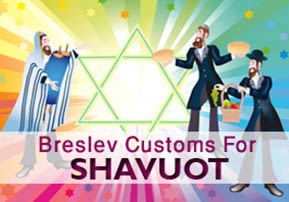
Breslev Customs for Shavuot
Shavuot was one of the three fixed times of the year when Breslover Chassidim traveled to the Rebbe, Rebbe Nachman of Breslov...

Shavuot was one of the three fixed times of the year when Breslever Chassidim traveled to the Rebbe, Rebbe Nachman of Breslev. Therefore, in recent years it has become common for many Breslevers to travel to Uman to be near the Rebbe’s grave site on Shavuot.
However when Reb Nosson was alive, his disciples traveled to him for Shavuot, instead of to Rebbe Nachman’s grave site in Uman. They tried to arrive in time to conclude the counting of Sefirat HaOmer together on the night of Erev Shavuot. One Shavuot of 1834, some eighty followers gathered with Reb Nosson in Breslev. They prayed with such fervor that ever since, Breslever Chassidim refer to that Shavuot as “der groiser Shavuos.” (See Rabbi Chaim Kramer, “Through Fire and Water,” chap. 33, pp. 366-377)
* * *
Rabbi Levi Yitzchak Bender mentioned that during Reb Natan’s time, the entire city would come to witness the Chassidim’s fiery recital of Sefirat HaOmer. (Heard from Rabbi Avraham Moshe Wasilski)
* * *
Most Breslever Chassidim in the Tzefat community wear a white caftan on Shavuot night and during Shacharit-Musaf the next day. However, they do not wear this caftan for Minchah. (Heard from Rabbi Yitzchok Kenig)
* * *
In Tzefat, the Breslever shul is decorated with greenery, as is the common minhag (custom).
* * *
The Steipler Gaon mentioned that in the Ukraine it was customary to spread grasses and small twigs on the shul’s floor. (Orchot Rabbenu, vol. II, Bnei Brak 1992, p. 99, sec. 7)
* * *
In Tzefat, as in most communities, the minhag is to eat milchig (milk) foods after Shacharit, during the Kiddush. However, the day meal itself is fleishig (meat). (Heard from Rabbi Yitzchak Kenig)
* * *
Breslever Chassidim usually remain awake the entire night and recite the Tikkun Leil Shavuot of the ARI z”l. In the Tzefat community, the community recites the Tikkun in unison, and dance after concluding the Chumash, Nach, Mishnayot, etc.
* * *
Reb Nosson states that the main parts of Tikkun Leil Shavuot are TaNaKh and Mishnayot. The ARI zal omits the Mishnayos, the Shelah Hakodesh includes them. (Likkutei Halakhot, Kriyat ha-Torah 6:26)
* * *
Rabbi Avraham Sternhartz recited the Tikkun Leil Shavuot with the Mishnayot. (Heard from Rabbi Nachman Burshteyn)
* * *
Rabbi Shmuel Horowitz wrote in a letter to Rabbi Avraham Jacobovitch,: “Remaining awake on the night of Shavuot gives vitality to all of one’s conduct for the entire year, both spiritually and physically. One should rejoice, for this is the ‘wedding’ of Matan Torah – and one should rededicate himself to the study of the Rebbe’s teachings, which are a chiddush niflah, a wondrous innovation that comes from the Future World, from [the Torah of] ‘Atika Setimah [the Hidden Ancient One], destined to be revealed in time to come…”. (Rabbi Shmuel Horowitz, Michtevei Shmuel [Jerusalem: Keren R’ Yisrael Dov Odesser, first edition], Letter 2, p. 14; cf. Reb Nosson’s description of the Rebbe’s teachings at the beginning of his Hakdamah to Likkutei Moharan.)
* * *
The Terhovitza Maggid, a close talmid of the Rebbe and a prominent Chassidic leader in his own right, and Rabbi Menachem Nochum of Chernobyl, author the classic Chassidic work Me’or Einayim, took turns spending Shavuot at each other’s house. On Shavuot night they would dance together in ecstasy until it was time to pray Shacharit. When Rabbi Nochum was too old and weak to travel to the Terhovitza Maggid for Shavuot, he sent his son Rabbi Mordechai of Chernobyl instead. They, too, danced the entire night. (Rabbi Shmuel Horowitz, Michtevei Shmuel [Jerusalem: Keren R’ Yisrael Dov Odesser, first edition], Letter 64, p. 201)
* * *
Rabbi Shmuel Horowitz states that the Chassidim in Uman took turns dancing the entire night of Shavuot. One group recited the Tikkun while the other danced. (Rabbi Shmuel Horowitz, Michtevei Shmuel [Jerusalem: Keren R’ Yisrael Dov Odesser, first edition], Letter 54, p. 190; ibid. Letter 64, p. 201)
* * *
Rabbi Levi Yitzchak Bender, however, recalled that the Breslever Chassidim in Uman completed their recital of the Tikkun Leyl Shavuot before dancing. One time, Rabbi Boruch Getche’s danced with the members of his chaburah the entire night. (Si’ach Sarfei Kodesh V, 303)
* * *
Rabbi Nachman Burshteyn heard that it was mainly the ovdim in Uman who danced at such length on Shavuot night. Most of the chassidim recited the Tikkun.
* * *
In Katamon, the Breslover Chasidim danced after each of the three or four “kaddeishim” that is said while reciting the Tikkun. (Heard from Rabbi Nachman Burshteyn)
* * *
The melody for “Atah Nigleita” that we sing on Shavuot night originated with Rabbi Boruch’l of Medzhibuzh, who sang it on Shabbat evening to “Eishet Chayil” – while the traditional Breslever melody for “Eishet Chayil,” Rabbi Boruch’l sang to “Atah Nigleita.” Rebbe Nachman switched them around. (Heard from Rabbi Nachman Burshteyn)
* * *
Immersion in the mikveh takes place just before sunrise. In Kabbalah, this mikveh represents the Fiftieth Gate, and is the source of holiness for all immersions in the mikveh throughout the entire year. (Likkutei Moharan I, 56:7; Rabbi Shmuel Horowitz, Michtevei Shmuel [Jerusalem: Keren R’Yisrael Dov Odesser, first edition], Letter 64, p. 201; Rabbi Chaim Vital, Pri Eitz Chaim, Seder Leyl Shavuot)
* * *
Shavuot is one of the five times in the year that the entire community prays at sunrise. (Oral Tradition)
* * *
Rabbi Levi Yitzchak Bender said that throughout the Ukraine, including the Breslever communities in the Ukraine, yotzrot were omitted on the first day of Shavuot and included on the second day. The Breslev communities in Eretz Yisrael recite the yotzrot during chazorat hashatz of both Shacharit and Mussaf. (See Si’ach Sarfei Kodesh IV, 463)
* * *
In New York, the Borough Park Breslev congregation recites the yotzrot so on both days of Shavuot.
* * *
Rabbi Nachman greatly praised the medieval poem “Akdamut Milin” and the regal melody with which it is sung. This remains a highlight of the Shavuot davening in Breslever shuls today. It is our custom that each stanza is sung by both the chazzan and the congregation, not by alternating stanzas, as in some communities. (See Sichot ha-Ran 256)
* * *
Rabbi Avraham Sternhartz would sing a melody without words prior to Akdamut, and extend and embellish the stanzas with various melodic phrases as he recited them. (Heard from Rabbi Nachman Burshteyn)
* * *
Reb Nosson mentions the minhag that is followed by most congregations to recite the Book of Ruth on the second day Shavuot (outside of Eretz Yisrael). (See Likkutei Halakhot, Birkhat Hashachar 5:18, 52; Kriyat Shema’ 5:17; Birkhats Haperot 5:22; et al. This custom is mentioned in Machzor Vitry, based on a midrash in Pesikta Zutra [Midrash Rut]; see Likkutei Maharich III, p. 579.)
* * *
Rabbi Gedaliah Kenig told Rabbi Aharon Waxler that one should say “shnei se’irim le-khaper” during the Musaf of Shavuot, as in the Musaf of Rosh Hashanah. (Heard from Rabbi Aharon Waxler. Cf. Siddur Baal ha-Tanya, ad loc.)
* * *
Shavuot is the yahrtzeit of the holy Baal Shem Tov, founder of the Chassidic movement, and the Rebbe’s great-grandfather. Therefore, it is a Chassidic custom to learn a teaching of the Baal Shem Tov, or at least speak about the Baal Shem Tov on Shavuot.
***
Used with permission http://www.nachalnovea.com)


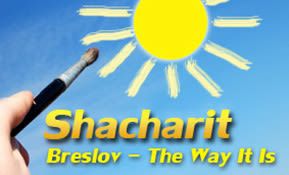



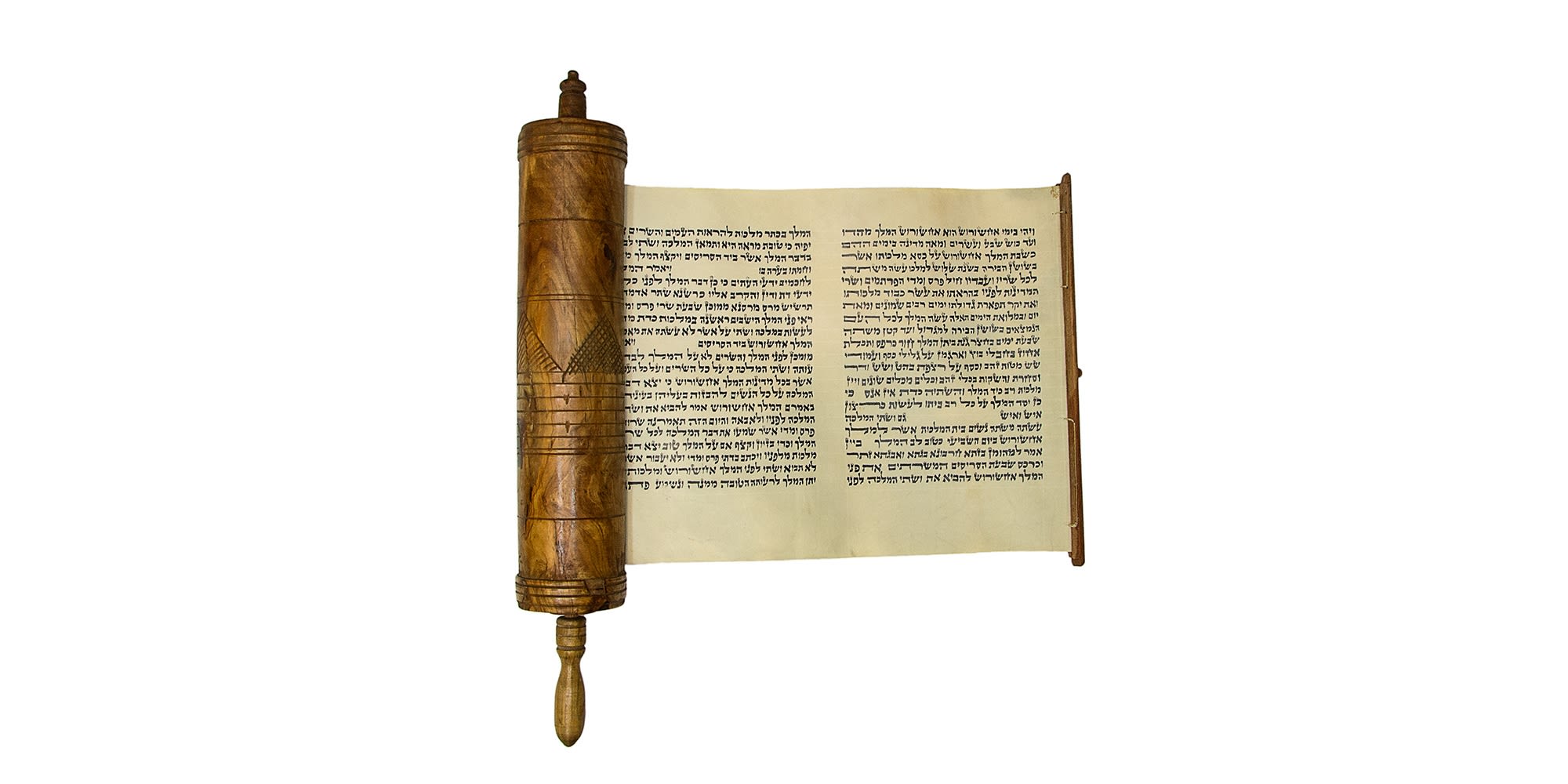
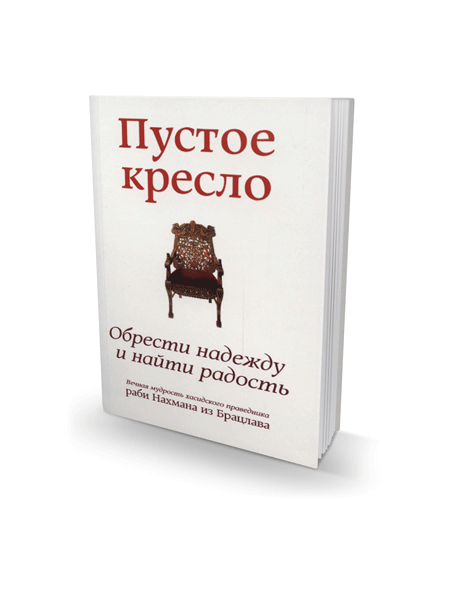
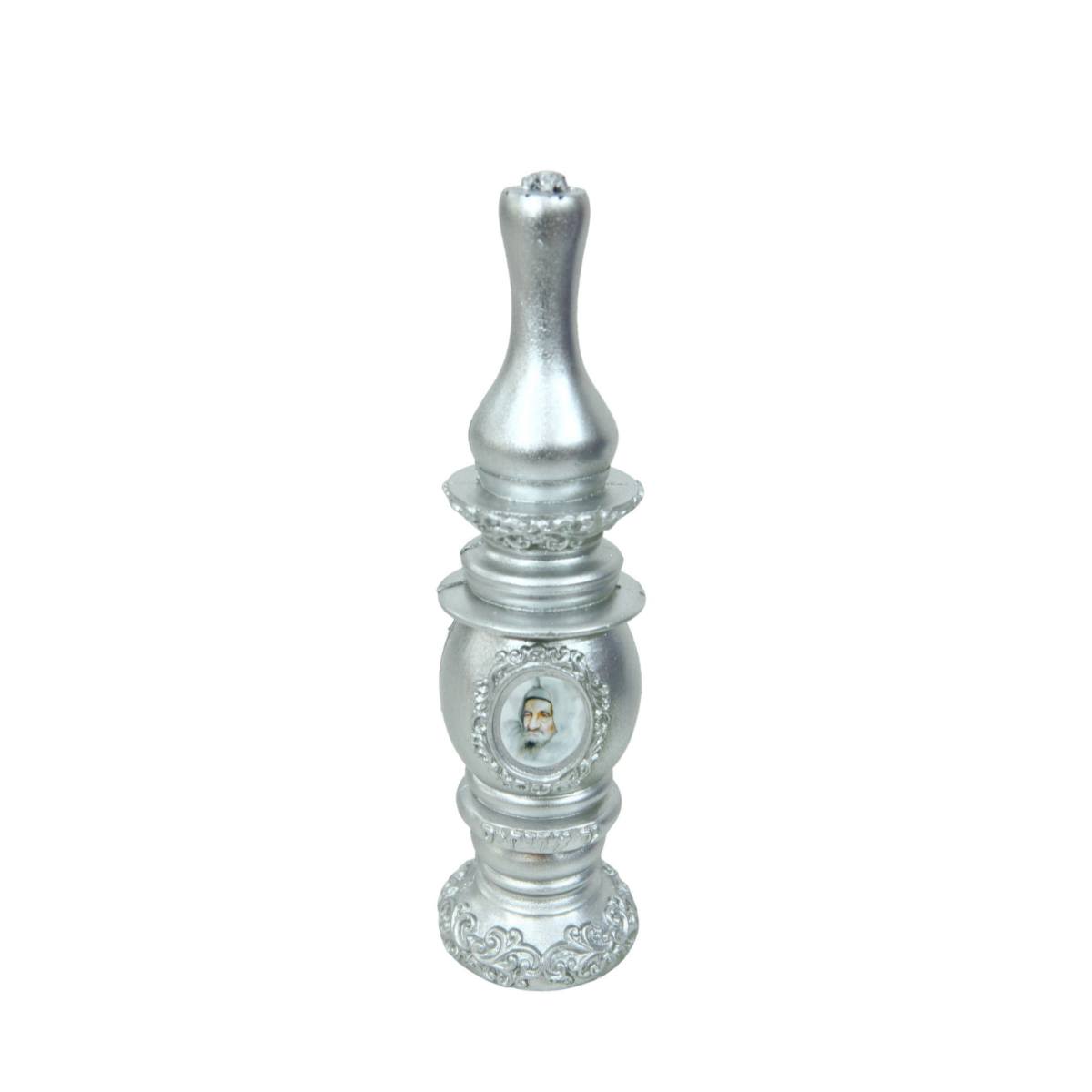
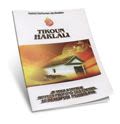
Tell us what you think!
Thank you for your comment!
It will be published after approval by the Editor.